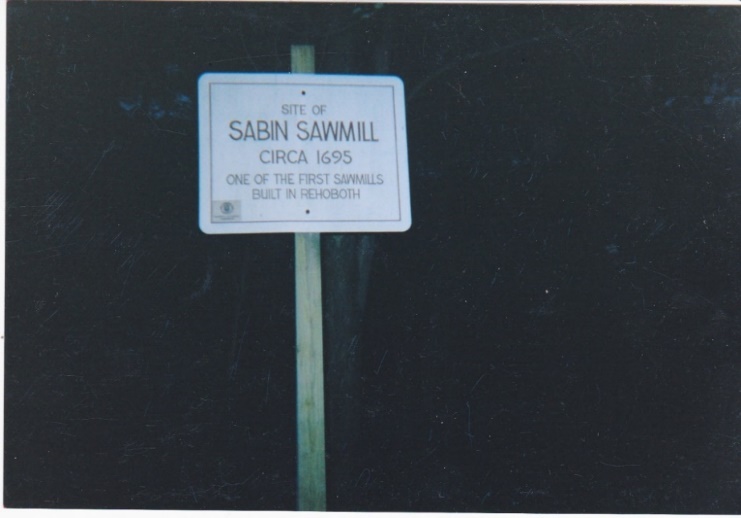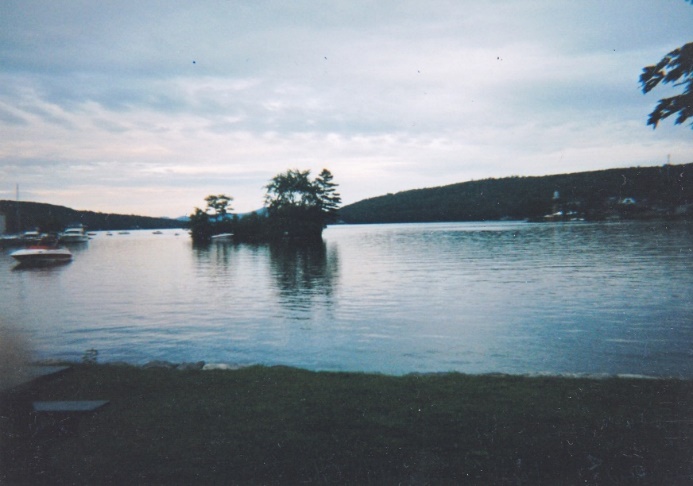Rehoboth, Massachusetts
Also referred to as Swanswea and Seaconk

From Rehoboth Through the Years. From its founding as "Seaconk" in 1643 until its annexation to the Colony of Massachusetts Bay in 1692, the area between Taunton and the Providence River (later designated as Rehoboth) was legally a part of Plymouth Colony. Rehoboth's land was purchased from Massasoit Ousamequin by Edward Winslow and John Brown of Plymouth in 1641. It encompassed the area on the east bank of the Pawtuxet River where William Blaxton established his new home after leaving Boston. The river was later renamed the Blackstone River in his honor.
The town was established by Rev. Samuel Newman and a group of his parishioners when they left Weymouth in the Spring of 1643/44. Rev. Newman proposed the name Rehoboth, “because the Lord hath made room for us”. “Rev. Newman was an Anglican Priest, who had left England because of his disgust over Bishop Laud’s persecution of the Puritans. Both the Pilgrims and the Puritans saw Weymouth as an Anglican stronghold and put pressure on the congregation there to convert to their respective ways, until the Rev. Newman and the majority of his congregation decided to leave. The Rehoboth Covenant was signed by 30 people, including William Sabin, in 1644, and the town was incorporated in 1645.
For many years in the 17th century it was the most populous town in Plymouth Colony and then in Massachusetts. In 1668 Swansea was set off as a town. The North Purchase was added in 1682, and in 1694 was set off as the town of Attleborough. In 1746, however, a much more drastic boundary change occurred in the Rehoboth area. The west part of Attleboro, as the Town of Cumberland, the west end of Swansea as the Town of Warren, and most of Barrington were annexed to Rhode Island by Royal Decree. In 1812 the town of Seekonk was set off, containing what was the original town center of Rehoboth and most of its sources of waterpower. The area of Rehoboth that included the property of Richard Wright and William Sabin became what is now East Providence, Rhode Island.
Rehoboth Roots at http://wc.rootsweb.com/~jbbullock
History of Rehoboth
Johnson Direct Line Ancestors who lived in Rehoboth
- Richard Wright
- William Sabin (1609-1687) and (?)
- Robert Millard (abt 1632- 1699) and Elizabeth Sabin (abt 1642-1718)
- Robert Rogers (abt 1625-1663) and Susannah [?] (abt 1627-1677)
- John Gladding (abt 1640-1726) and Elizabeth Rogers (1651- )
- Nathaniel Millard (1672-1740) and Susannah Gladding (1668-1727)
- Benjamin Crabtree (1673-1736) and Elizabeth Ingalls (abt 1673- )
- Richard Lee (abt 1644-1713) and Sarah Edwards (1650-1726)
- Ephraim Millard (1678- ) and Experience White (1680-1769)
- Richard Lee (1680-1742) and Experience Millard (1704-1784)
- Thomas White and Hannah Workman
- Capt. Joseph White and Lydia Rogers
- Isaac Johnson (abt 1705-1768)
- John Garnzey (1648-1722) and Elizabeth [?] ( -1714)
- Seth Garnzey (1698- ) and Hannah Millard (1704-aft 1790)
- Seth Garnzey (1732-1754) and Bethiah Lee (1732-1814)
- Ebenezer Smith (1735-1819)
- Bethiah Garnsey
Places to visit in Rehoboth/Swansea, MA
-
#6 Anawan Rock – Rt. 44/Winthrop St. abt 1½ miles east of Anawan St. where King Phillip’s War ended.
-
#20 Rehoboth Village and Dam at Locust Ave. and Bay State Road
-
#17 Sabin’s Mill site and Sabin Pond on Summer St., Marshall Way, Pond Street, and Wheeler St., named for Bethia’s Sabin ancestors.
-
Sabin Pond, site of the Sabin Sawmill


-
#11 Original Oak Swamp Meeting House (1732 - Baptist) Pleasant St. and Chestnut St.
(# Numbers refer to sites shown on the Rehoboth Map and Services Directory.)